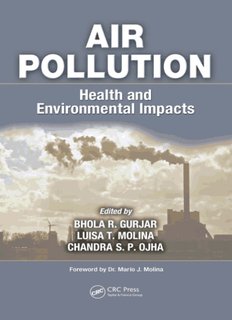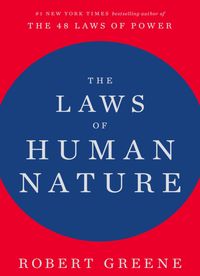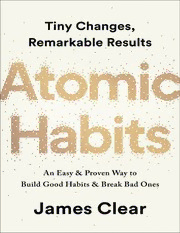
Air pollution free PDF
In urban and industrialized areas, most air pollutants consist of fine particulates like dust, soot or droplets of liquids. They are mainly formed by burning fossil fuels in power plants, automobiles, non-road equipment and industrial facilities. Other sources of air pollutants include secondary particle formation from gaseous and vaporous emissions, as well as ozone formation from volatile organic compounds and nitrogen oxides.
Air pollution poses severe health risks and negatively impacts the environment. Short-term exposure to air pollution can cause respiratory problems such as asthma, bronchitis or lung cancer and irritate the eyes. It can also aggravate pre-existing conditions. Exposure to high levels of air pollution over a long period of time can contribute to heart disease and lung diseases such as emphysema. It can also contaminate water bodies by changing the composition of soils and damaging crops.
Animals are also exposed to toxic substances in the air. Air pollutants deposited on soils or surface waters can cause birth defects and other diseases in wildlife. They can also biomagnify in animals that consume other organisms, leading to high concentrations of contaminants at the top of food chains.
Human activities are the main source of air pollution. Reducing emissions and encouraging greener energy sources can help reduce air pollution. The best way to address this issue is through policy changes, community involvement and individual responsibility. Encourage reforestation and public transportation, and promote strict emission standards for cars and factories. These steps can significantly improve the quality of air and water on our planet.






